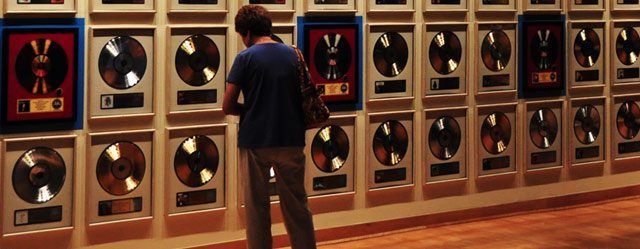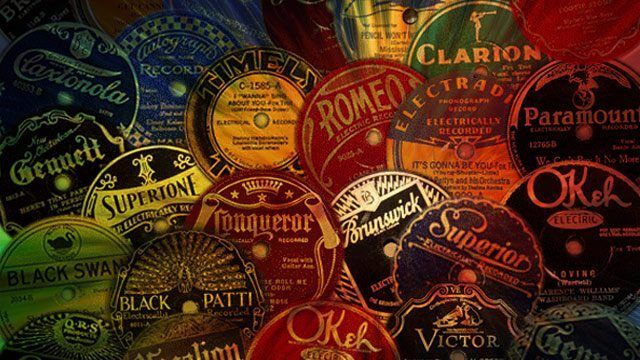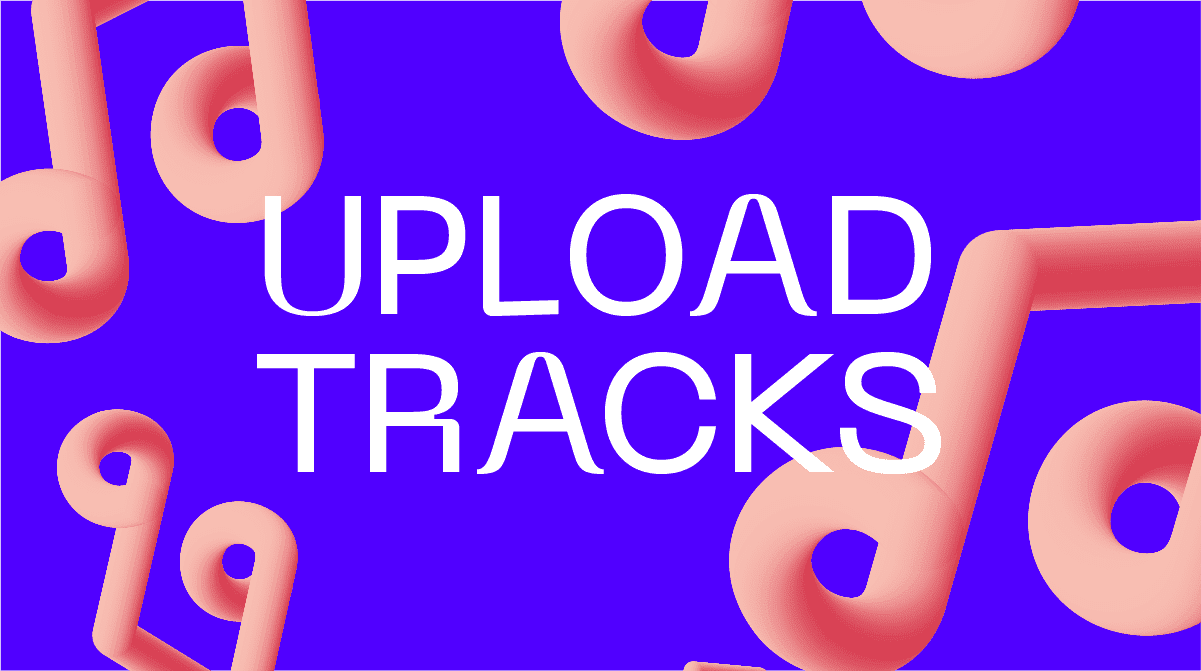Signing to a label can make an artist’s career; labels like Desolat, Defected, Toolroom, Mad Decent and Fool’s Gold all have a proven track record of “breaking” a producer. The secret to signing with any of these musical minds is, of course, to spend time making good music, knowing that eventually someone will hear it and enjoy it. But the process of getting a track to the right people at the right time is somewhat of a science, and a little finesse goes along way.
ORIGINALITY: BE THE PURPLE COW
Throughout high school and college marketing classes, one of the pieces of dogma almost every instructor reminded us of was the effectiveness of the so-called “Purple Cow Approach.”
The name derives from a parable of a man driving a car through farmland, unobservant and bored, until he stumbles across a purple cow. The cow, unlike anything the man has seen before, leaves an indelible mark, and the man drives on continuing to think about the purple cow for days to come.
What You Should Do: To make your music desirable to people, especially to labels with a bottom line, package your music as a “purple cow.” Whenever contacting labels, organizing talks with them, or branding your music in any way, think of how you can present your music as unique, different, and interesting.
THINK OF COCKTAIL PARTIES
Imagine walking into a crowded cocktail party: how would you introduce yourself to the important people in the room?
What you probably wouldn’t do: take all your business cards, or emails, and digital media, throw them at the entire group in a single shot, and hope someone takes notice.

This is basically what you do when you type up an email containing your Facebook/Soundcloud/Mixcloud links, and send a SINGLE email to every label you can find contact info on. We spoke with Vladimir Ivkovic, Label Manager at Desolat Records (Loco Dice’s label) about the process of selecting records from the e-mails associated with them. Here’s a clip of what he had to say:
“We are music guys, fans, in the first place, when we release music, we put much effort and passion in it – from mastering to artwork and vinyl pressing. When we receive demo emails – and we receive and hear a lot – first selection takes place by checking the address bar. It doesn’t feel right when you see every label known to man as addressee. It’s like a flirt, at least try to make us feel that we’re somehow special to you, and not randomly chosen by your email program.”
What you should do: approach each person at the proverbial cocktail party individually. If you are genuinely a fan of their work, sharing some work with artists on their imprint. If you can, and talk to some people face-to-face at a showcase. Be active (not annoying) on their social media pages. Particularly with smaller dance-music centric labels, communication should center around your passion for the label and its music. Desolat’s Vladmir noted to us:
“If the producer doesn’t care much about the music, why should we?”
Another A&R rep, Gus Calderone from Funktion Recordings, mentioned a few submissions which were not only handwritten, but even included candy in the submission postage. We don’t advise going out and buying candy bars in bulk, but think about what an A&R rep might want when receiving a demo:
- Easy To Listen: Make everything downloadable, or even better, send the label a CD or DVD containing the tracks.
- Be Descriptive: Include text in the file that they will be able to find; identifying tags such as [DEMO] go a long way.
- Tag Like A Pro: Always tag all of your files with proper ID3 tags – you want people to be able to see your music more than once in their library and remember who you are.
- Next Action: Always create a way for them to follow up quickly with you if they like the music right then – make it easy for them to contact you by including details.
RIYL: RELATED SOUNDS

One of the constant responses we got when talking to label-heads about demo-submissions was flat-out genre mismatch in their inbox. Dance music labels are very different from imprints like Sony or Warner Bros: they might like your newest Liquid DnB record, but if they’re a tech house imprint, they’re never going to release it.
Really listen to the feel of the label’s releases: is there a genre they seem to gravitate towards? Do they have a tempo range they seem to work in? Particular artists they release over and over again? All of this paints a portrait of the label you can use to tailor your e-mails to achieve the best results.
What you should do: In your correspondence with labels, the more you know about them, the better. For example, referencing other tracks you like, or the genre of the track as it relates to their other releases, will give them a better idea of how you see your release fitting in with others. Radio stations recieve promo CDs all the time with related bands on the promo sticker labeled “RIYL:” – Recommended If You Like
IF YOU SIGN: TREAD LIGHTLY

A final thing to consider: creating a label is easier than ever. In many ways, this is a boon to the music community, as smaller labels bring more risk-takers and diverse tastes to the scene, it’s also a potential pitfall.
Signing to a label used to mean you had “made it.” Now, labels can (and do) subsist on sales of under a hundred copies per track. Remember this when approaching labels, particularly smaller ones with less influence and promotional power: you’re essentially giving up creative control of a track.
When dealing with free downloads, you’re free to take a track down and edit the master file. With labels, what’s done is done, and the record (pun not intended) of that track remains on the internet permanently. Not necessarily a bad thing, but reinvention is key to growth as a musician, and it can be frustrating to improve drastically but still be chained to your earliest, poorly mixed releases.
In all cases, the advice is the same: tread lightly. Do your research, ask around, look at the success of other artists on the label, and really consider whether it’s worth giving up the viral potential of a free track for the potential financial reward a label offers. Remember that the glitz and glamour of labels can be enticing, but remember your duty should be first and foremost to make good, enjoyable music.
Experienced sending tracks to a label? What worked for you? Share below.
Nick Perloff, DJTT intern, collaborated with Eric Robinson on article.










